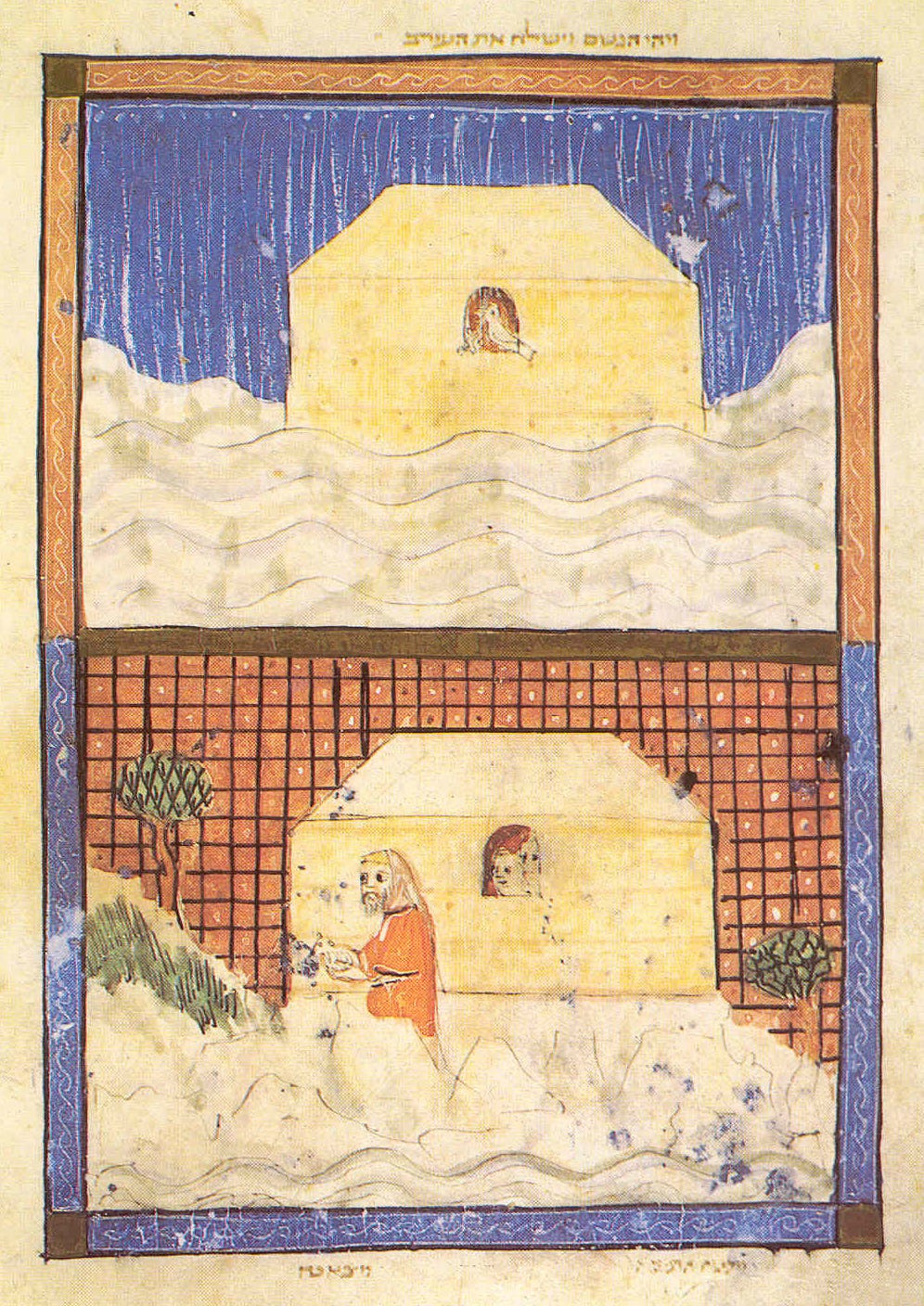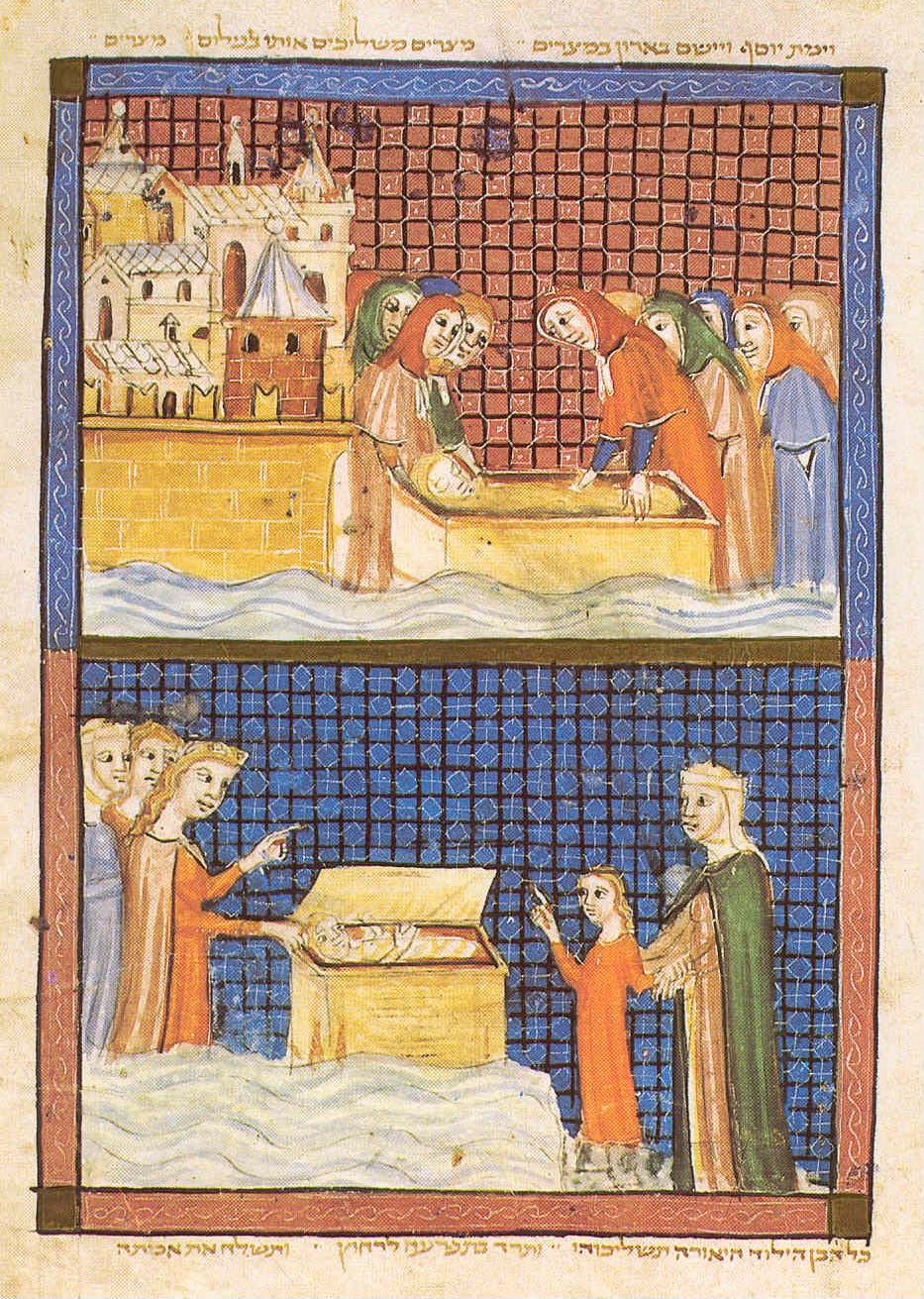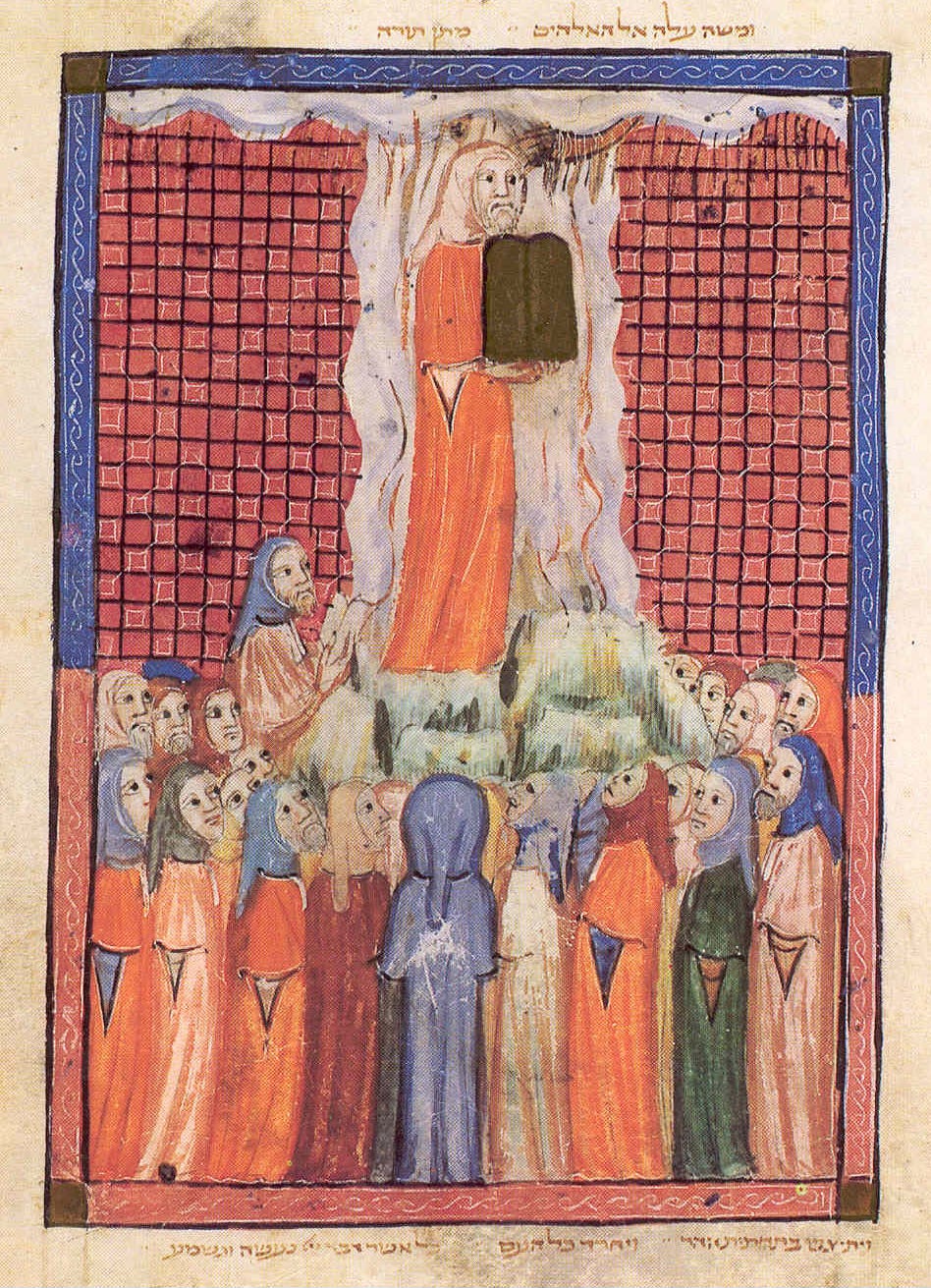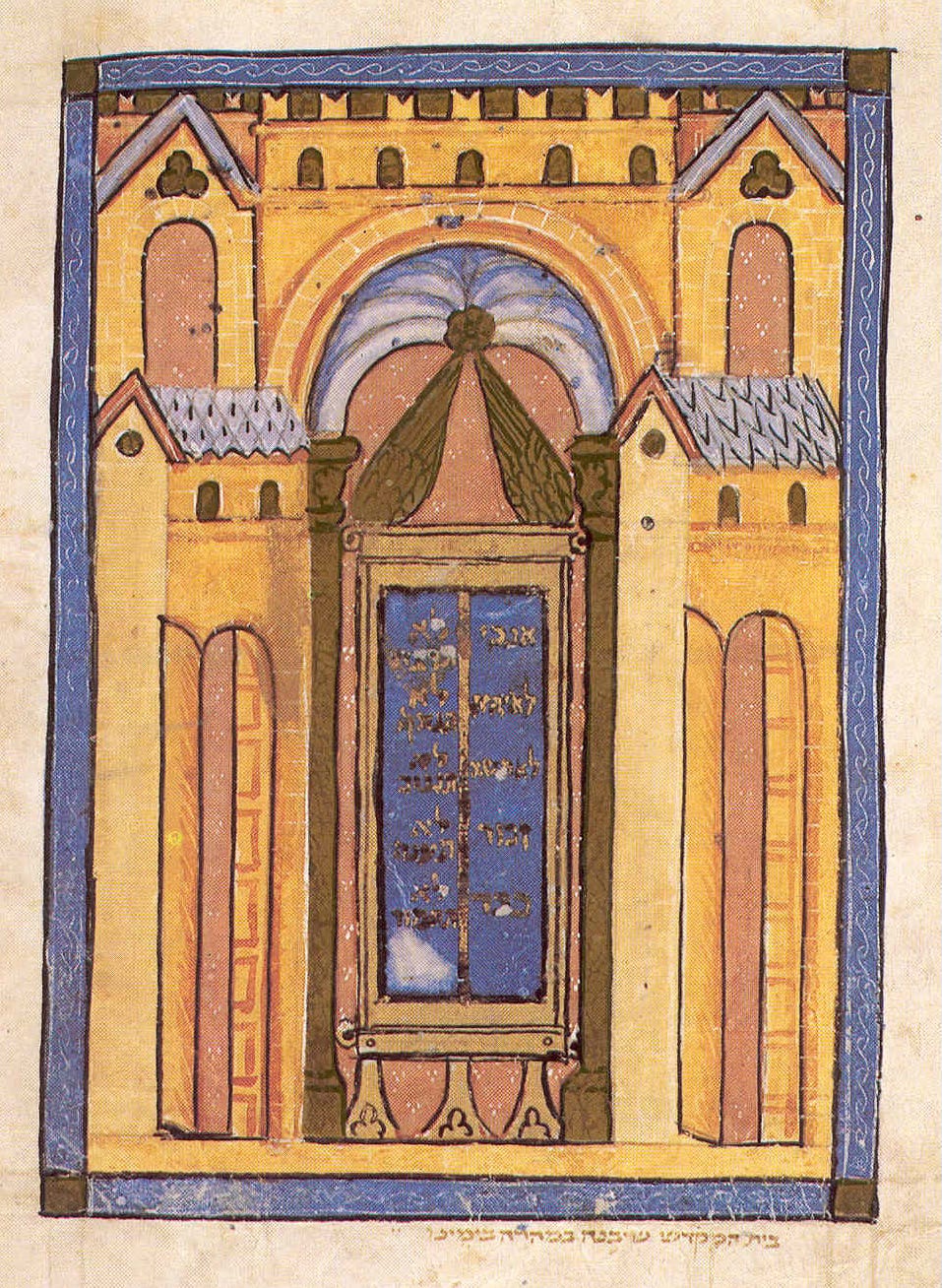The Sarajevo Haggadah
The Sarajevo Haggadah is one of the most richly illuminated medieval manuscripts ever made for Jewish audience. Produced in North-eastern Spain around the mid-14th century, it began its journey from Spain to Sarajevo in 1492, following the expulsion of the Jews from Spain by Ferdinand and Isabella.
Among all the preserved haggadot, the Sarajevo Haggadah has the most extensive cycle of biblical events, starting with the creation of the world, through the captivity of the Israelites in Egypt and the Exodus led by Moses, to the ordination of Joshua as a Moses’ successor.


Like other medieval Sephardic haggadot, the Sarajevo Haggadah consists of three parts:
• Illustrations of events from the books of Genesis and Exodus,
• The text of the Passover Haggadah and
• A collection of piyutim (or liturgical poems) and prayers to be read during the days of Passover.
The history of the Sarajevo Haggadah during almost 700 years, between 1350 and 2024, is connected with three regions:
• Medieval Spain (the Crown of Aragon in the Northeast), where the manuscript was produced,
• Italy where the manuscript was sold in 1510, and examined in 1609 by Giovanni Dominico Vistorini, a Censor of the Roman-Catholic Church, and
• Sarajevo, where the manuscript appeared for the first time in city records in the late 19th century.


The Sarajevo Haggadah is relatively small compared to other medieval haggadot. It measures 228 x 162 x 37 mm. It is written and illuminated on 142 folios of smoothed and bleached vellum. The script is square Sephardic and the illuminations were painted only on fleshy side of vellum.
Thank you so much for being here, for reading and sharing my work.
If you enjoy,
click the ❤️ button
share it with someone else
leave a comment and/or
buy me a 🧁






